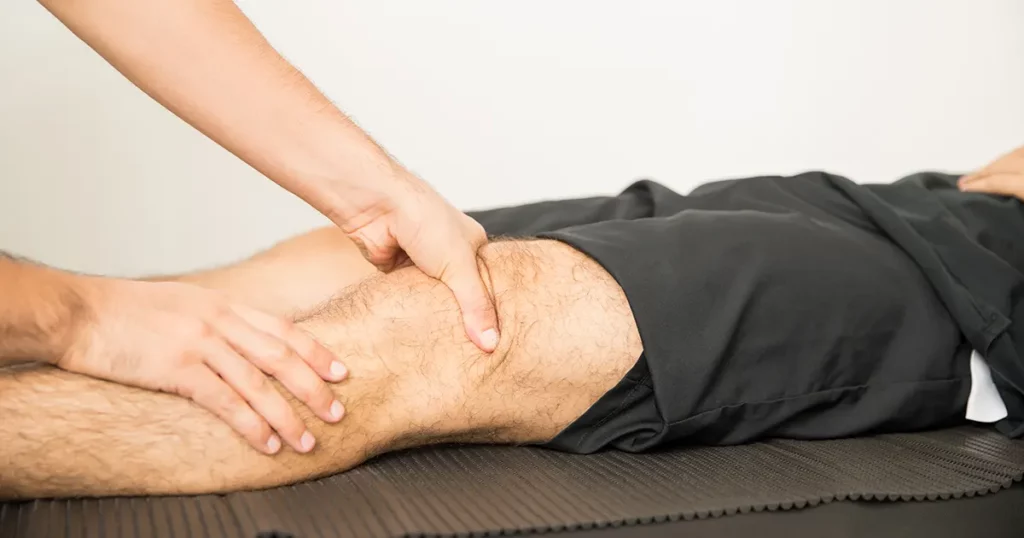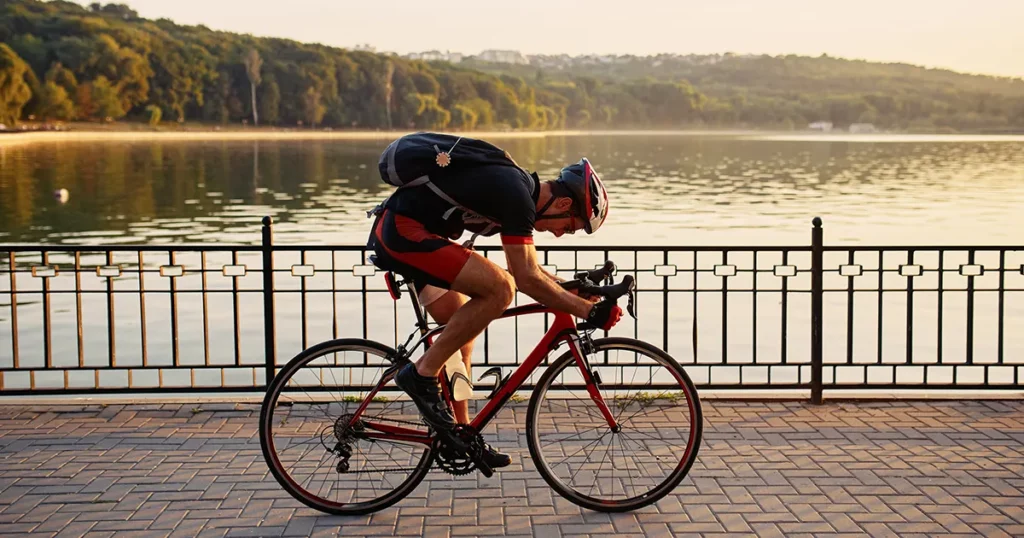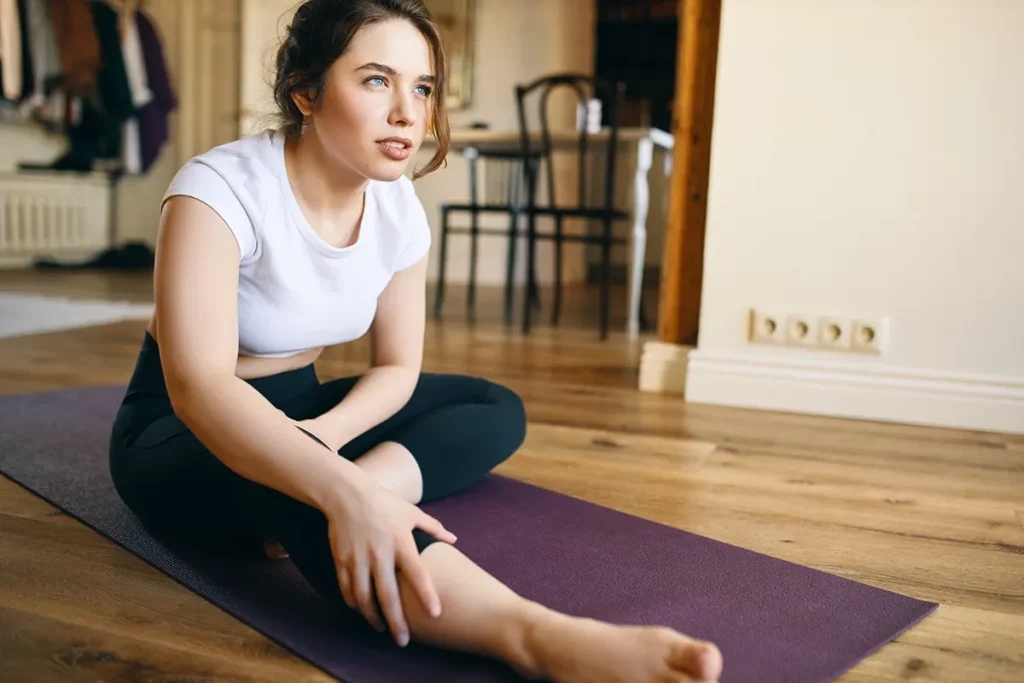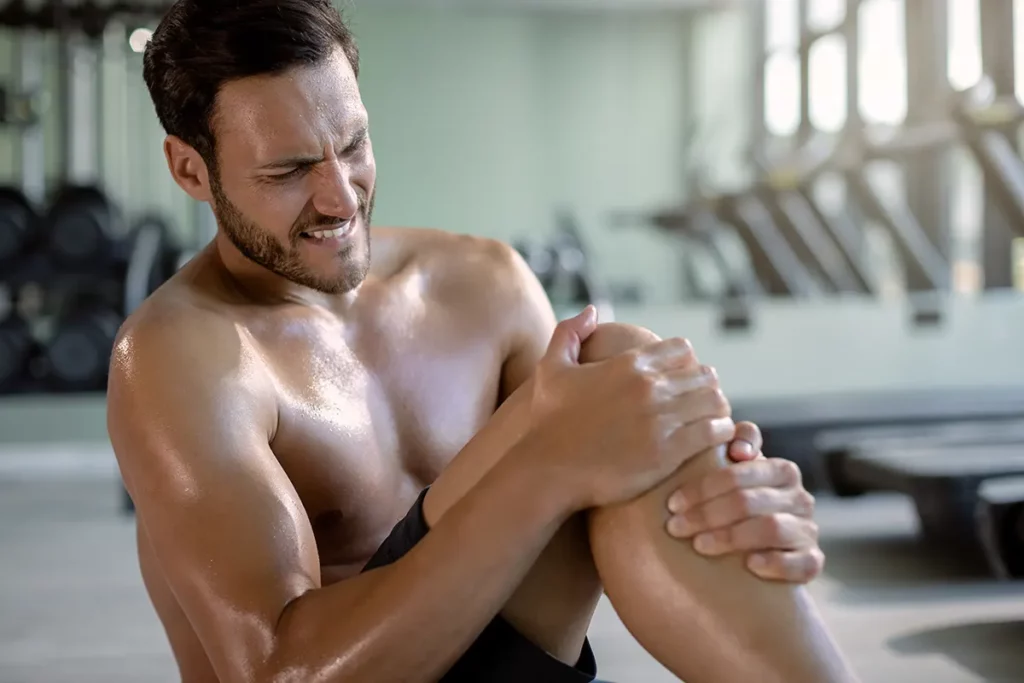Probably THE most common injury runners face in their lifetime is the dreaded “runners knee” or also commonly known as IT band syndrome. It can be quite a debilitating injury and can cause runners to be out of action for weeks on end.
Anatomy lesson 101:
The IT band is a large fibrous attachment that runs from the Gluteus Maximus and TFL right down the lateral aspect of the leg and attaches at Gerdys tubercle just below the knee. . The actual band itself is underscored by a bursa and fatty deposit to stop from rubbing of the bone. The IT band has absolutely no contractile force, and thus can not be affected by stretching or activation. It also has the tensile strength of steel, so please don’t think you are going to have any impact with a foam roller!
Pitfalls of current thinking:
For the past however many years, IT band or tight IT band has been thrown at nearly all sources of knee pain in runners. It was almost the get out of jail card for therapists and trainers. The past, and unfortunately current, thinking on rectifying the issue was through a course of foam rolling and stretching the IT band itself. SO where in lies the problem?
Well, anyone who has had the pleasure or displeasure as the case me be,of foam rolling on the IT band, knows how (expletive) painful it is. The thinking was that a tight IT band caused friction over the condyle at the knee and thus pain. “Loosening” the IT band would relieve the tension and as a result the friction acting on the knee. However, we now know that the IT band is more likely to cause issue as a result of compression forces rather than friction. So, what does that mean? It means all that foam rolling you are doing on the it band, could be making the problem worse! Not to mention sensitising the area more and thus creating more pain in the long run.
I refer back to our little anatomy lesson and we mentioned that the IT band has the tensile strength of steel. In other words WE CAN NOT STRETCH THE IT BAND. we can not influence its structure in any way, either through foam rolling or stretching. So essentially, you are only hurting yourself for zero gain, and perhaps making things even worse in the long run!
So how do you go about treating IT band Syndrome or Runners Knee?
Well, that’s like saying how do you go about treating a sore foot? It can be any number of things. As an aside, if you see the word Syndrome beside anything, generally it means nobody REALLY knows what the actual cause is! Everyone is unique to their own issue, but here are some of the more common causes I have seen previously:
Foam rolling on the IT band, is not only painful but can make matters worse.
* TFL or tensor fascia lata compensation
The TFL is a muscle at the top of the hip in and around the pocket area. It is an internal rotator but can also act as a hip flexor in conjunction with the psoas, rec fem and the iliacus. People with poor hip iliacus and psoas function tend to compensate with both the TFL and rec fem. Most people who have some form of knee pain, tend to lack good function of both the psoas or iliacus muscles. People who sit for a good portion of the day, tend to have an underactive psoas/iliacus. In this situation,the TFL, in the case of ITB syndrome, can take a lot of the stress of hip flexion, a very important movement in running. It can become overused and “tight” or hypertonic which creates the tension in the TFL that can contribute to pain. To. combat this, a person should actively release the TFL and aim to strengthen the psoas/iliacus muscles.
* Dynamic knee valgus
Knee valgus is a situation where the knee drops inwards during running gait, towards the midline. This results in the femur a) being adducted and b) internally rotated, So what does that do to the knee? Well think of the origin and insertion of the TFL and the IT band itself. It will both put greater tension on the insertion point at the knee by creating greater length and will also create rotation of the joint that wouldn’t normally be there either.
There are a few reasons that this may happen, but I would give a big shout out to the Glute max on this one. Glute max, one of the biggest muscles in our body, has a major insertion with the IT band. It is a three dimensional muscle, with a major role in keeping the hip joint stable in 3 different planes. I there is a weakness or inhibition in this muscle, you tend to find a lot of knee valgus in runners. On a side note, some knee valgus is OK, however, excessive knee valgus can create tension and pain in the IT band.
* Contralateral hip drop or “trendleburg gait”
This is a situation that can be found in a single leg stance test, where the hip “drops” to the side of the non weight bearing leg in order to create stability. This is usually as a result of the Glute medius on the weight bearing stance leg, and QL of the non weight bearing leg failing to keep the hip stable and balanced. IF the hip drop is visible it means the hip is hiking on the strike leg where it should be level. Again, if you think of the origin and insertions of the TFL and IT band, you can see how there would be lengthening of the tissues which can create a pull on the knee or insertion point of the IT band. If you think about running and how it is purely a single leg activity, how many times that sheer can act on your knee in a single run. Stands to reason it could easily get irritated.
SO HOW DO I KNOW WHAT’S THE CAUSE OF MY PAIN?
Well the simple answer to that is, go to see a therapist that may be able to diagnose the issue. Once the problem has been identified, you may be looking anything between 6 and 12 weeks recovery time.
KEY TAKEAWAYS FROM THIS ARTICLE
- The IT band is a tough, fibrous piece of tissue, with no contractile function and the tensile strength of steel. Foam rolling the IT band WILL DO NOTHING
- ITB syndrome or runner’s knee, is probably cause as a result of being overstretched either at the origin or insertion points. Stretching the IT band is futile
- A proper assessment from a therapist is the best course of action to diagnose the cause of your ITB issues.
- Glute and over all hip strength are massively important in preventing running injuries, and no more so that ITB syndrome.
- ITB Syndrome isn’t forever and can be rehabilitated. IT just may take a bit of time, that is if you have the patients to wait!
As always, let me know what you think, and any questions shoot!
Keep moving,
Mark.





